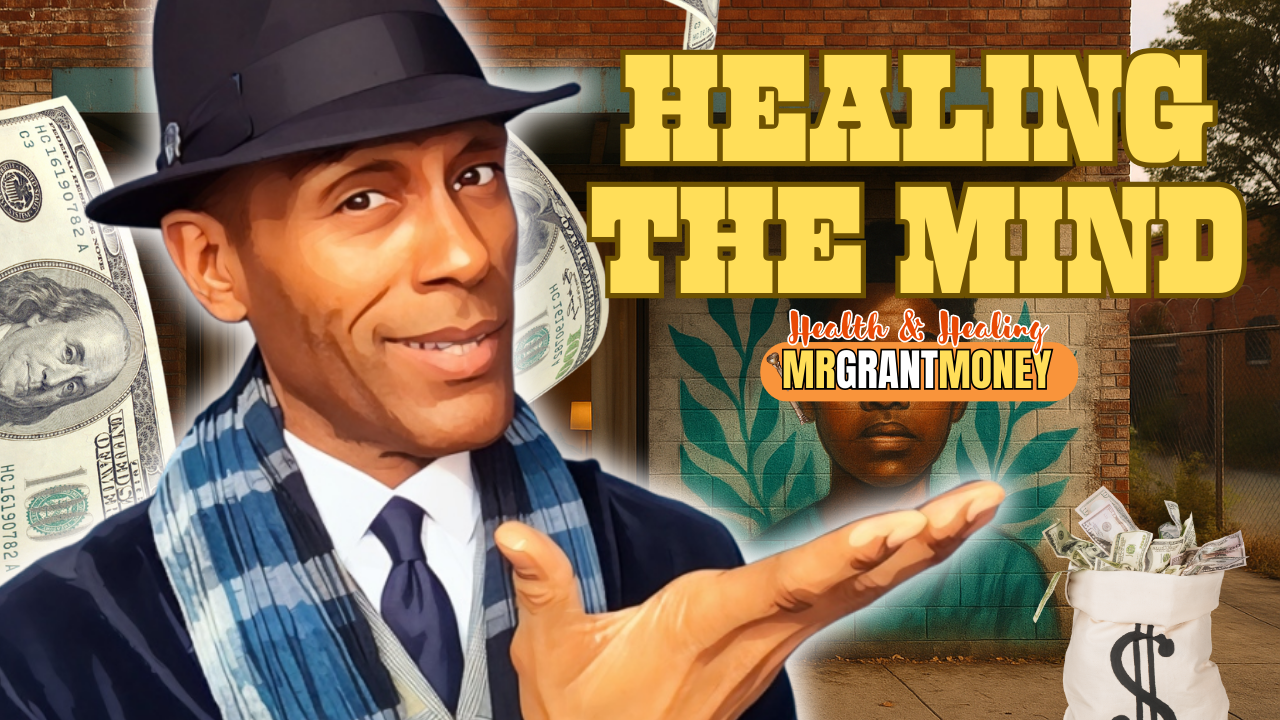The MedTech Breakthrough: Mr. Grant Money & The Bio-Innovators

 Wednesday, April 30 – Boston, MA 🇺🇸
Wednesday, April 30 – Boston, MA 🇺🇸
One Wearable, One Question, and the Grant That Saved It from Being Shelved
The Question That Wouldn’t Let Them Sleep
What if the difference between life and death was just… a few days sooner?
That’s the question that haunted them—not in a dramatic, headline-seeking kind of way, but in the quiet moments between tests, in the stillness of data review, and in the stubborn silence that comes when funding doesn’t follow logic.
They were med students, biomedical engineers, and one obsessive data scientist—six of them in total—crammed into a fluorescent-lit lab in the basement of MIT, chasing a shared obsession: early detection.
Their idea wasn’t theoretical. Their prototype already existed. A wearable patch—thin, flexible, discreet—that could monitor subtle shifts in biometrics and flag the earliest signs of illness before symptoms ever surfaced.
-
In early tests, it picked up markers of infection before fever hit.
-
It flagged cardiac anomalies before the patient noticed discomfort.
-
It identified stress signatures that preceded neurological events.
Not with invasive tools. Not with expensive imaging.
Just a patch.
An algorithm.
And a little machine learning magic.
Science That Worked—but No One Would Fund
The science was solid.
The public health need was crystal clear.
But when it came to money, they hit a wall.
They pitched to VCs. Got applause, praise, and pats on the back—but no checks.
-
“Impressive,” they were told. “But it’s too academic.”
-
“Come back when you have commercial traction.”
-
“Let’s circle back post-regulatory.”
The university loved the project, but offered support—not capital. Accelerators were intrigued, but concerned about the timeline and FDA navigation. Angel investors wanted too much equity in exchange for too little trust.
So the patch sat on a stainless-steel counter. Fully functional.
Clinically promising.
And dangerously close to getting forgotten in a drawer.
Enter: The Man with a Gold Tie Clip and a Plan
It was their faculty advisor—a bioethics professor with NIH review experience—who finally gave them a lead.
She didn’t send them a LinkedIn profile or a contact form. Just a name.
Mr. Grant Money
With a note: “Not a myth. He’s real. He’s sharp. And if he sees the vision, he can fund it.”
They met in a biotech co-working space near Kendall Square. Mr. Grant Money was already there when they arrived—early, composed, dressed in a tailored three-piece suit with a gold tie clip and a tablet open to NIH funding cycles.
He let them talk. No interruptions. Just full attention as they walked through the prototype, the data, the potential.
Then he closed the tablet and leaned forward.
“You don’t need a VC,” he said. “You need time. Time to validate, to trial, to build the case properly. And for that, you need non-dilutive funding—grants that understand what this actually is: a public health breakthrough.”
What Most Early-Stage MedTech Founders Don’t Know
💡 Insider Insight: Most early-stage medtech founders assume VC is the only path. But federal grants—especially NIH SBIR/STTR programs—offer substantial capital without giving up ownership. The catch? You need scientific rigor, regulatory strategy, and grant fluency. And most labs don’t speak “grant.”
Mr. Grant Money did.
He laid out the play:
-
Phase I SBIR from the NIH: $300K for proof-of-concept and early human trials, ideally with hospital partners already identified.
-
Phase II potential: Up to $2M, contingent on Phase I results and an expanded clinical roadmap.
-
A grant writer who specialized in translating medtech innovations into funder-aligned language.
-
Letters of support from clinicians who’d seen the data and would back the pilot.
-
A budget structured not just to win the grant—but to survive post-award without drowning in reimbursement delays.
“It’s not just about writing a good proposal,” he said. “It’s about building something funders want to protect.”
The Bureaucracy Gauntlet—and the Breakthrough
Over the next two months, the team did what most scientists dread: paperwork.
Budgets. Compliance reports. Draft after draft of a proposal that turned raw data into narrative. And through it all, Mr. Grant Money coached them—not like a professor, but like a strategist with skin in the game.
They didn’t simplify the science.
They clarified the mission.
They didn’t sell a product.
They outlined a healthcare future.
Six months later, the grant landed.
From Pitch Decks to Patient Rooms
-
The patch is now in clinical trials at two Boston-area hospitals.
-
A peer-reviewed paper is underway.
-
The team is still intact—founders, not just inventors.
They’ve incorporated. Brought on two advisors. Filed provisional IP.
But more importantly, they bought themselves the thing most healthtech founders never get: time.
-
Not time to pitch. Time to build.
-
Not time to impress. Time to validate.
-
Time to do it right.
Not Every Innovation Needs a VC
Mr. Grant Money didn’t throw capital at them.
He didn’t ask for equity.
He didn’t change the vision. He protected it.
Because sometimes the world doesn’t need another pitch deck.
It needs a grant.
And someone who knows exactly where it lives, what it takes, and how to pull it through the maze.
In medtech, where timing is everything, he didn’t just fund an idea—
He gave them time.
And sometimes, that’s the difference between a forgotten prototype… and a medical revolution.
Discussion & Personal Reflection Questions
-
Why did the team’s innovative medtech solution struggle to secure traditional funding, even though it had strong scientific backing and potential real-world impact?
-
Mr. Grant Money emphasized clinical validation over venture capital. Why is clinical validation so important in the healthcare space, and how does it differ from traditional startup metrics?
-
The team had a fully functional prototype but lacked funding. How can academic institutions better bridge the gap between promising research and commercialization?
-
Mr. Grant Money helped the team access NIH grants. Why is non-dilutive funding so crucial in the early stages of medtech development, and how does it enable long-term success?
-
This story highlights the importance of mentorship and strategic guidance. How can experienced mentors or connectors like Mr. Grant Money accelerate the growth of medtech startups?
More Resources & Related Topics:
📌 Explore more success stories 📌 Learn about grant acquisition 📌 Discover financial literacy resources 📌 Check out youth entrepreneurship 📌 Browse scholarship opportunities
🔓 UNLOCK EXCLUSIVE TIPS WITH MR. GRANT MONEY!
We hate SPAM. We will never sell your information, for any reason.
















